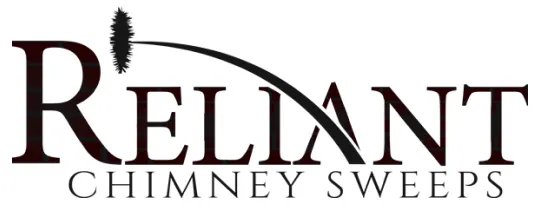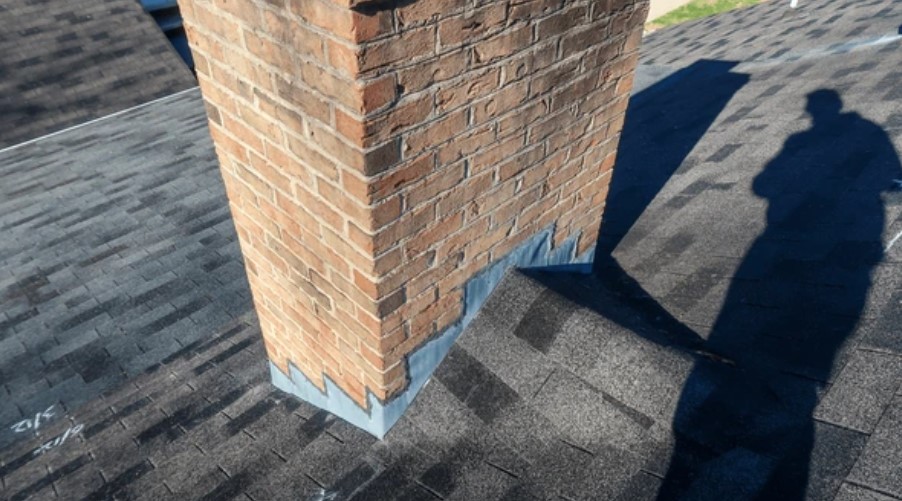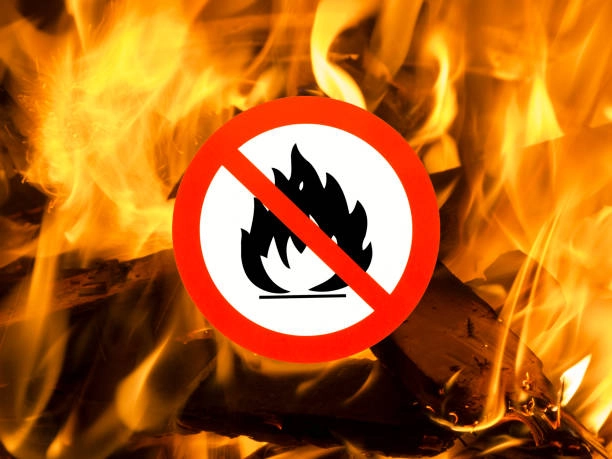Chimney creosote is a common but hazardous byproduct of wood-burning fireplaces and stoves. While it’s a natural part of using a fireplace, unchecked creosote buildup can lead to dangerous situations, including chimney fires and health risks. Understanding what creosote is, how it forms, and how to prevent it is essential for maintaining a safe and efficient fireplace.
What is Chimney Creosote?
Creosote is a tar-like residue that forms when wood burns. It results from incomplete combustion, where unburned particles, water vapor, and gases rise through the chimney and condense on its cooler walls. This sticky material hardens over time, forming layers of creosote.
There are three stages of creosote:
- Stage 1 (Flaky): Soft and easy to brush away with routine cleaning.
- Stage 2 (Hardened): Tar-like, requiring more intensive cleaning methods.
- Stage 3 (Glazed): A thick, hardened coating that is extremely flammable and difficult to remove.
Why is Creosote Dangerous?
Creosote poses significant risks to homeowners:
- Fire Hazard: As a highly flammable substance, creosote can ignite and cause a chimney fire, which may spread to your home.
- Health Risks: Toxic fumes from creosote can backdraft into your home, causing respiratory problems and irritation.
- Chimney Damage: Excessive buildup can corrode the chimney lining, leading to structural issues and costly repairs.
What Causes Creosote Buildup?
Certain conditions accelerate the accumulation of creosote:
- Burning Unseasoned Wood: Green or wet wood produces more smoke and water vapor, increasing creosote formation.
- Low Temperatures: Cool chimney walls allow smoke to condense more easily.
- Incomplete Combustion: Fires that don’t burn hot enough leave more unburned particles.
- Poor Airflow: A blocked or partially closed damper reduces oxygen levels, leading to more smoke and creosote.
Signs of Creosote Buildup
Be aware of these warning signs:
- A strong, tar-like odor near the fireplace.
- Black soot or shiny deposits on the chimney walls or damper.
- Poor draft or smoke entering the living space.
- Falling pieces of hardened creosote in the fireplace.
Removing Chimney Creosote
Creosote removal depends on its stage:
- Stage 1 (Flaky): Can be removed with a chimney brush during routine cleanings.
- Stage 2 (Hardened): Requires professional-grade tools like scrapers or rotary brushes.
- Stage 3 (Glazed): Needs specialized chemical treatments or equipment to break down the hardened material. Professional chimney sweeps, like those at Reliant Chimney Sweeps, have the expertise to handle even the most challenging cases.
Preventing Creosote Buildup
Prevention is key to avoiding the risks associated with creosote. Here are some tips to keep your chimney clean:
- Burn Seasoned Wood: Use hardwoods like oak or maple that have been properly dried and contain less than 20% moisture.
- Maintain Hot Fires: Hotter fires burn more completely, producing less creosote.
- Ensure Good Airflow: Keep the damper fully open and ensure your chimney is properly ventilated.
- Avoid Overloading the Fireplace: Overloading can restrict airflow and cause inefficient combustion.
- Install a Chimney Cap: Prevents debris, animals, and moisture from entering your chimney.
- Schedule Regular Inspections: Professional inspections help identify creosote buildup early and prevent issues before they escalate.
Why Professional Chimney Services Matter
While some maintenance tasks can be done by homeowners, professional services are critical for thorough cleaning and inspections. Certified technicians, like those at Reliant Chimney Sweeps, have the tools and training to safely remove creosote and ensure your chimney operates efficiently. Regular professional maintenance not only protects your home but also extends the life of your chimney.
Conclusion
Chimney creosote is a common issue that demands attention for the safety and efficiency of your fireplace. By understanding its causes, risks, and preventive measures, you can enjoy a warm and safe home throughout the colder months. Scheduling annual inspections and cleanings with certified professionals ensures your chimney remains free of dangerous creosote buildup.
For expert chimney services, contact Reliant Chimney Sweeps today. Keep your chimney clean and enjoy peace of mind this winter!




